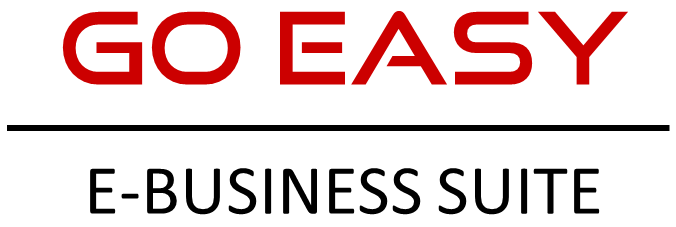What is Notes Receivable?
Notes Receivable is a written promise that gives the entitlement to the lender or holder of notes to receive the principal amount and the specified interest rate from the borrower at a future date. They’re shown in the shareholder’s balance sheet as the current assets if the note is due within one year; else, they will be shown under the now-current head in the balance sheet if the note is due after one year.
Notes Receivable Explained
Notes receivable is the written promise which gives the rights to the holder of the note for receiving a specific sum of money at a specified future date. From the side of the maker of the notes, it is known as the notes payable as he must pay the specific sum of money at a specified future date to the holder of the notes receivable. The note provides all the terms and conditions clearly so that there should not be any ambiguity in the future between the two parties. It also clearly mentions the interest required to be paid along with the principal amount, which is the face value of the notes. So, it is an asset for the bank, company, or the other organization which holds it in the form of a written promissory note given by another party.
It is a common practice for businesses globally to purchase or sell on credit. When a supplier sells goods on credit, a formal promise to pay on a specified future date is issued. These formal or official forms of the promise are called promissory notes.
When a promissory note is accepted, it is accounted as a note receivable, which becomes a current asset if it is a short-term or a payment that shall be paid within one year.
Components
Notes receivable accounting is an elaborate process with different parties and terminologies involved. Let us understand the components through the discussion below.
- Principal Value: It is the note’s face value.
- Maker: The maker is the person who prepares the note. By preparing notes, the maker promises to pay the specified amount to the holder of notes. For the maker, the note will be classified as the note payable.
- Payee: The person to whom the maker issues the note is known as the payee. The payee holds the note with the right to receive the payment from the maker. For the maker, the note will be classified as the note receivable.
- Stated Interest: In addition to the principal amount, the note maker must pay the interest amount due at the interest rate, which is predetermined in the notes receivable. This predetermined interest rate is known as the stated interest.
- Time Frame: The length of time within which a note needs to be repaid is known as the time frame.


